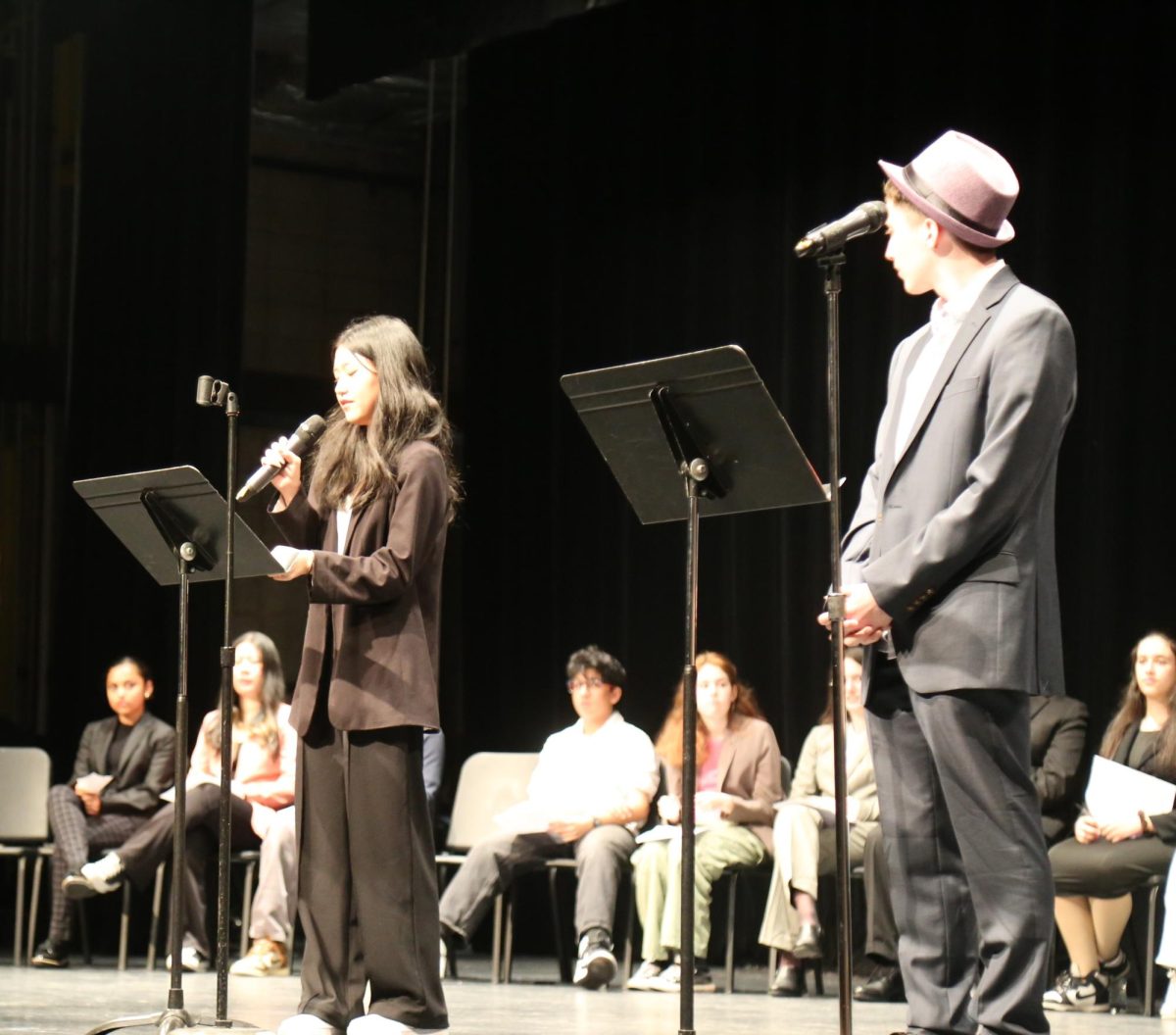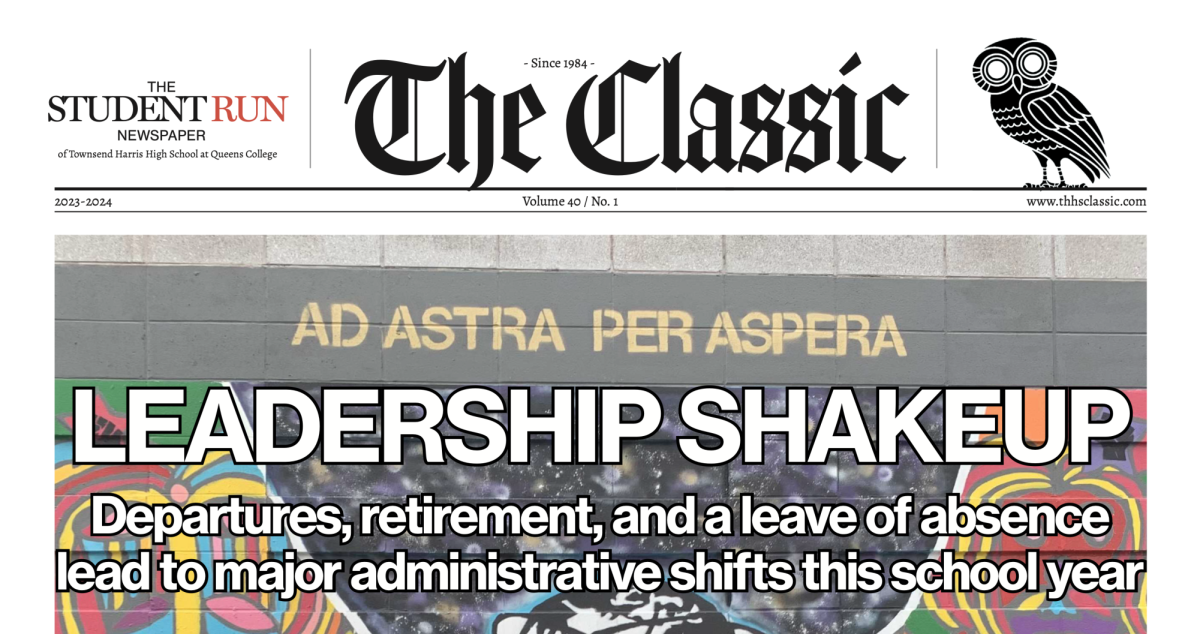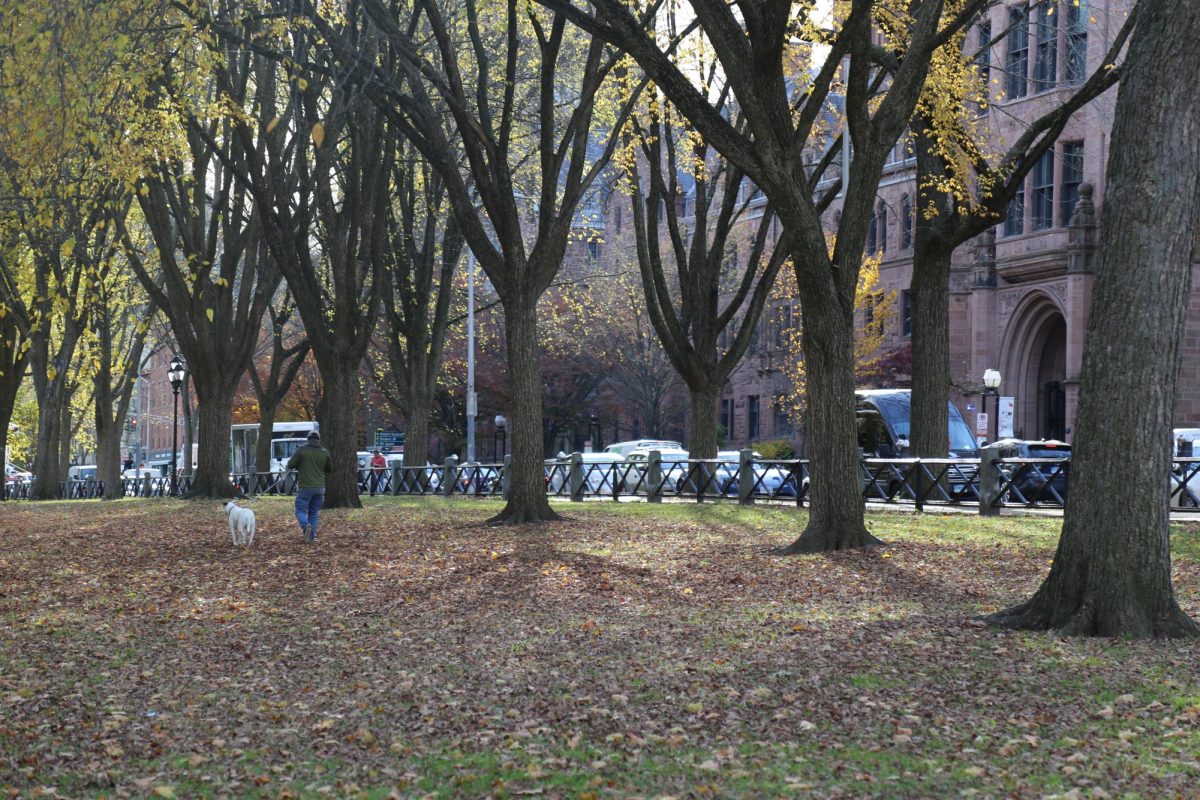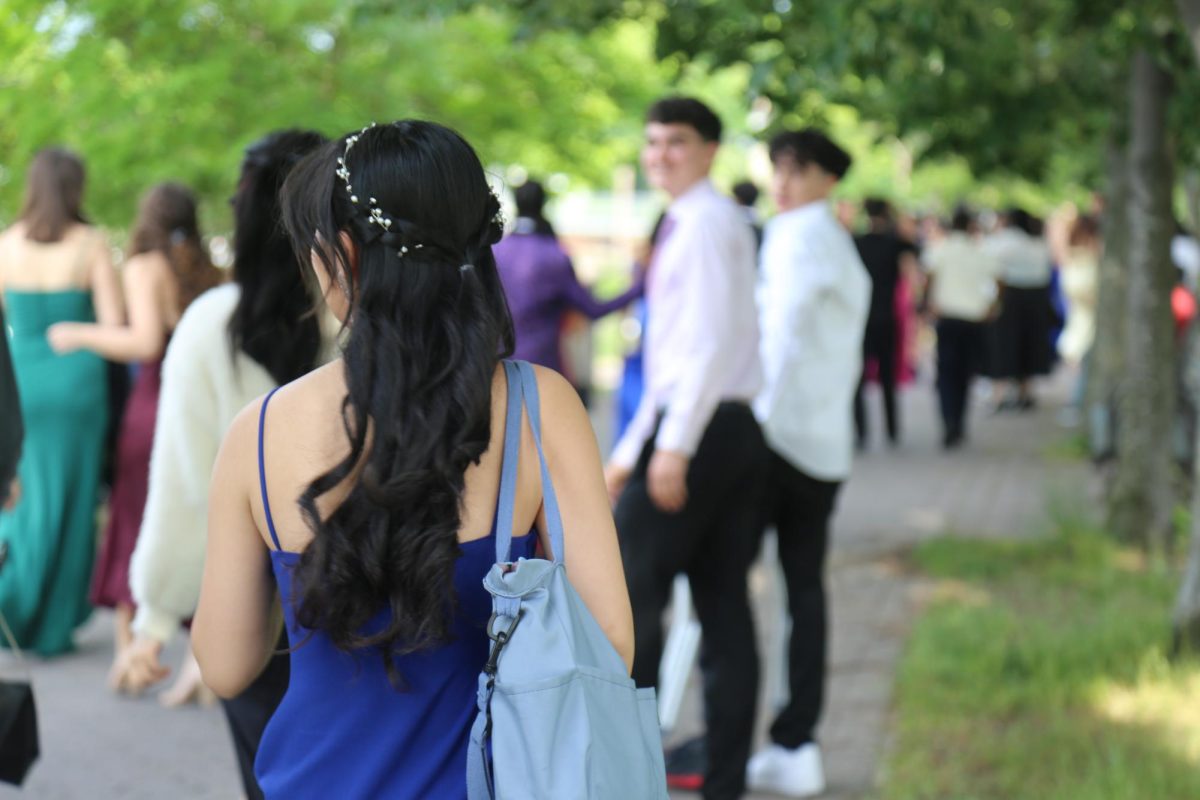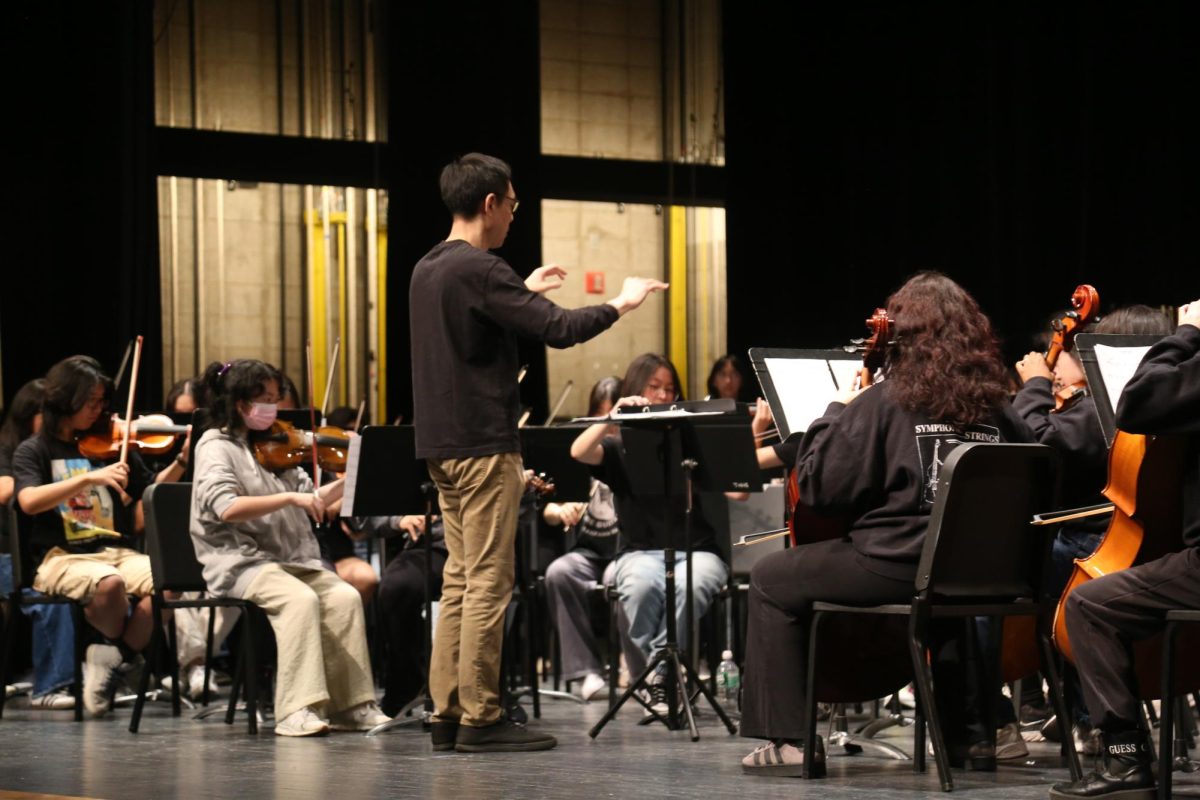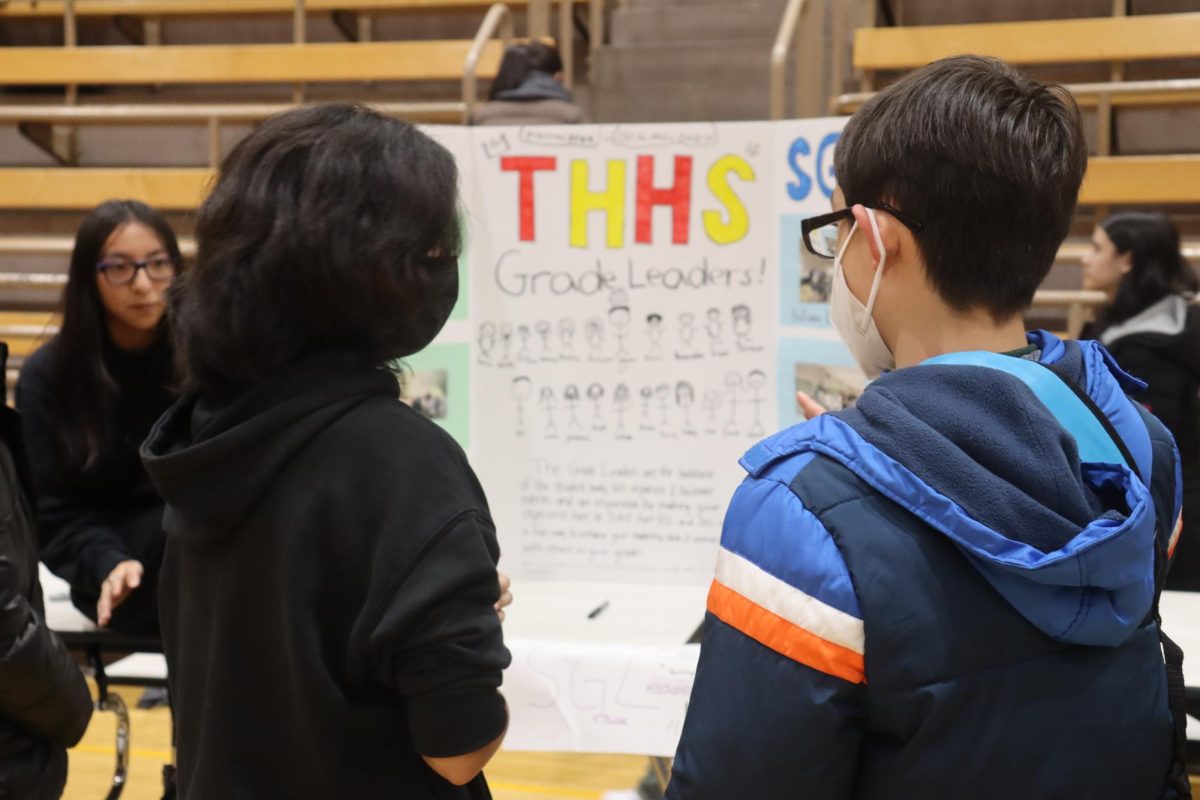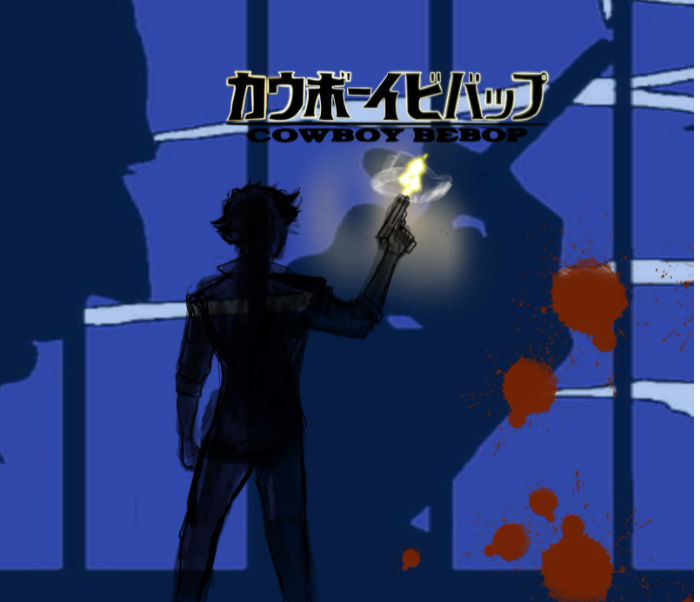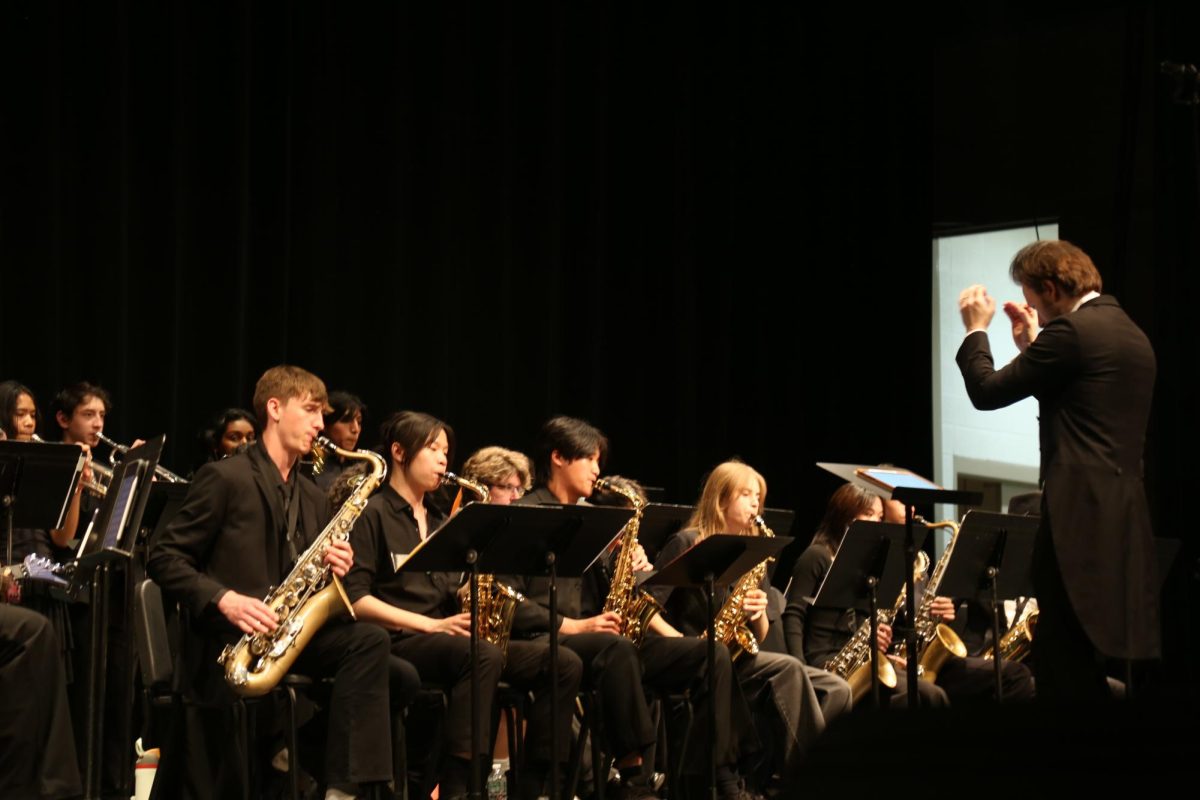
Who’s ready for another live action anime reboot? The likely answer is nobody, but this new Netflix original series take on the classic Cowboy Bebop is surprisingly decent. Inspired by the 1998 anime of the same name, Cowboy Bebop (2021) remains an iconic, stylish classic with a unique cast of characters and memorable soundtrack.
Starring John Cho, Mustafa Shakir, and Daniella Pineda, the Cowboy Bebop reboot tells the story of a group of space cowboys whose paths cross for a short time on Jet Black’s (Mustafa Shakir) ship, the Bebop. Spike Spiegel (John Cho) is the sarcastic protagonist with a mysterious past who now works alongside ex-cop Jet Black to hunt various criminals for a living. Faye Valentine (Daniella Pineda) joins the group slightly later as a femme-fatale bounty-hunter who tries to recover her memories from her time on Earth. While the trio hunt various space-criminals, along with some later additional members not yet revealed, they increasingly run into parts of their pasts. This is particularly the case for Spike, a former member of a crime syndicate involved in a conflict with his former friend and now syndicate leader Vicious (Alex Hassell). Between them is Julia (Elena Satine), a mysterious woman that was once Spike’s lover and now Vicious’s wife. Vicious soon learns that Spike was incorrectly presumed dead, reigniting their conflict.
The series itself is a loving homage, including in its use of the original opening, “Tank!!,” and shows commitment to maintaining the colorful aesthetics of the anime. This includes the slight campiness that comes with the 1980s inspired sci-fi setting. With the original anime’s composer Yoko Kanno on the team as well as the original director Shinichirou Watanabe as a consultant, the series has a clear intention of being a respectful, celebratory adaptation.
While the costumes are toned down in part for sheer practicality, the colorful and visually engaging elements of the character designs remain. Faye’s character design received initial backlash, however it works well in the show, with plenty of other opportunities made to show off her femme fatale aspect. The humor also tries strongly to stay true to the original, and for the most part it does so even when it feels slightly corny.
Cowboy Bebop (2021) is notable in its diverse cast that stays roughly true to the original, though it is noticeably lacking in one of its ensemble cast members Radical Ed, who is only featured at the very end of the season. Although the sudden and slightly strange introduction of Ed has garnered backlash from fans of the original, those who are new to the story are likely to just be intrigued. Ed is the most difficult character to pull off in a live action format due to her eccentric personality and distinct look. Unlike many of the other characters who have received moderately toned down and reimagined designs for this series, Ed seems to have a costume design nearly identical to that of the original anime. An unfortunate result of this is that Ed (Eden Perkins), appears strange and out of place, with a costume that is almost too cartoonish. The wig used for Ed is also not the best, and although Perkins is clearly putting in a strong effort to portray the anime-original personality, the character comes across as awkward. This may change, however, once Ed interacts more with the other major cast members.
Some of the backstories of the characters and specific situations were also changed, including that of Ein, the lovable corgi sidekick. This serves in making the plot flow through more seamless character introductions. The treatment of Julia, Spike’s ex-lover, and Vicious, his arch nemesis, is slightly more questionable. Particularly, much more is seen of Julia, including a major plot twist in the latter half of the show that gives her more agency in the plot. Perhaps as a result of this, Vicious’s character suffers, as he loses some of the mystery and power that was so strongly associated with his anime counterpart. To the viewer, he is not particularly intimidating, in part due to how his thought process and relationship to the larger syndicate are explored in more depth. By keeping Vicious’s background vague, the original struck a balance of providing just enough information about the villain for him to be both intriguing and fearsome. He is also married to Julia in this version, a notable change, and communication between the two is actually depicted on screen. In general, there are scenes of Vicious that, while visually impressive and intriguing, seem unnecessary to the development of the plot. The series overall seems to feel a need to make the subtleties of the original plot more obvious. This creates a disjointed contrast with the series’ simultaneous commitment to replicating famous scenes, moments and themes by now having to place them in a different context.
There is also the choice to represent Faye as bisexual, something not present in the original anime. This is an interesting change for the character of Faye due to her quite revealing original outfit and tendency to emphasize her feminine sexual appeal to manipulate men. While this may be a source of outrage for some fans, the change is so insignificant narratively that it does not make an impact on the character. Rather, it may even be empowering for queer female viewers. This is generally true, with the increased agency and presence of women in the narrative having a mixed effect. While it is good to see an effort for representation overall, the more serious changes made to the narrative such as the role of Julia alter the plot in ways that may transform the original themes and ending in the story. Whether these changes will strengthen or weaken the plot in the long term is left to be seen, especially due to how it is currently unclear if a second season will ever be released.
Like many of its Netflix Original live action predecessors such as Death Note (2017) and Ghost and the Shell (2017), the show was recently canceled by Netflix shortly after the airing of its first season and received mixed reviews from audiences. It is unclear how much of the criticism the series has garnered from die-hard original anime fans who are opposed to the very idea of a live action adaptation. This has been the nail in the coffin for several other adaptations as audiences fairly point out that the new medium creates limitations. Specifically, that there are some elements of these masterpiece originals that simply cannot be replicated outside of the realm of 2D animation. In comparison to the titles listed above, Cowboy Bebop (2021) is in a completely different category. Funny, visually excellent, and true to the original story, this series is being majorly undersold.
When considering its value outside of it being a retelling, the show captures some of that captivating magic of the original. The anime Cowboy Bebop (1998) is one of the masterpieces of the genre both visually and in terms of plot, setting a near impossibly high bar for this adaptation. Given that, this series deserves much more for its effort than critics and fans of the original anime give it credit for.
Artwork by Amelia Harrington, Book And Media Reviewer



